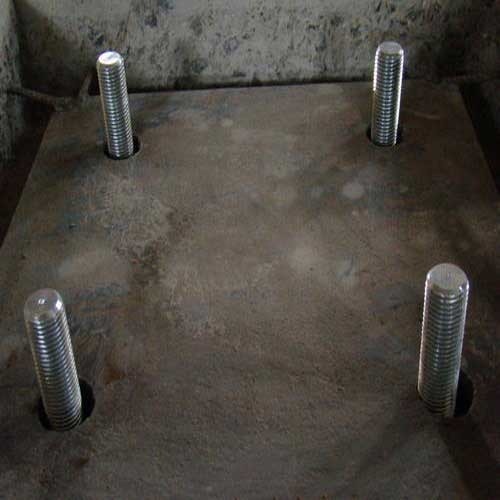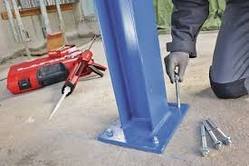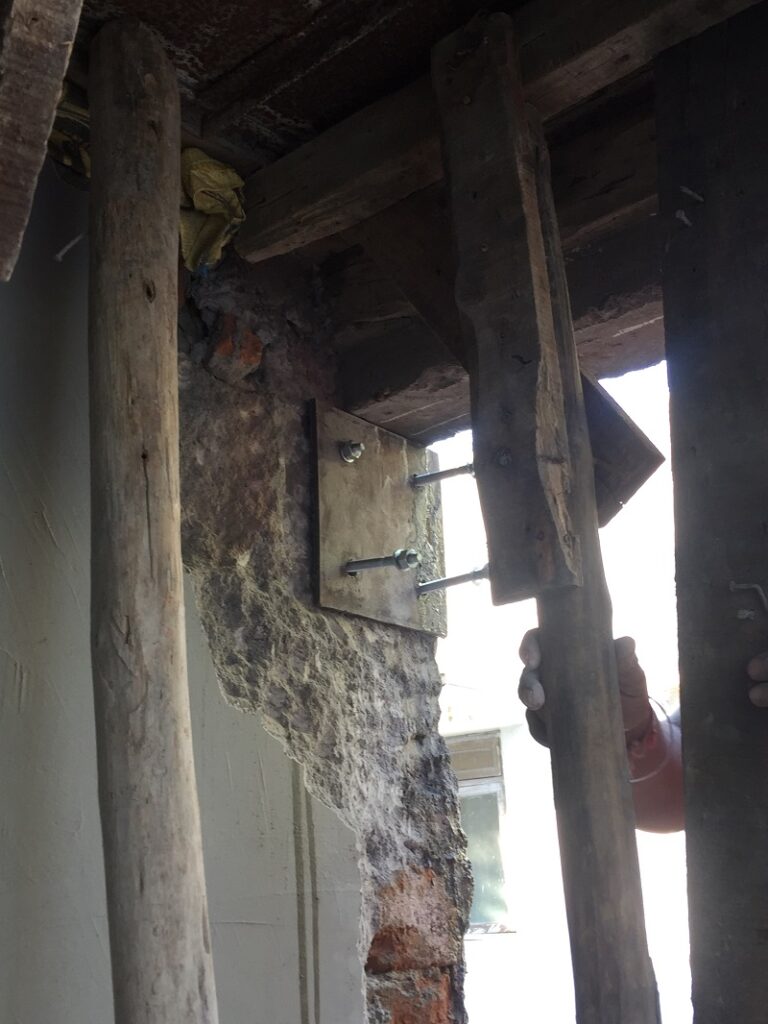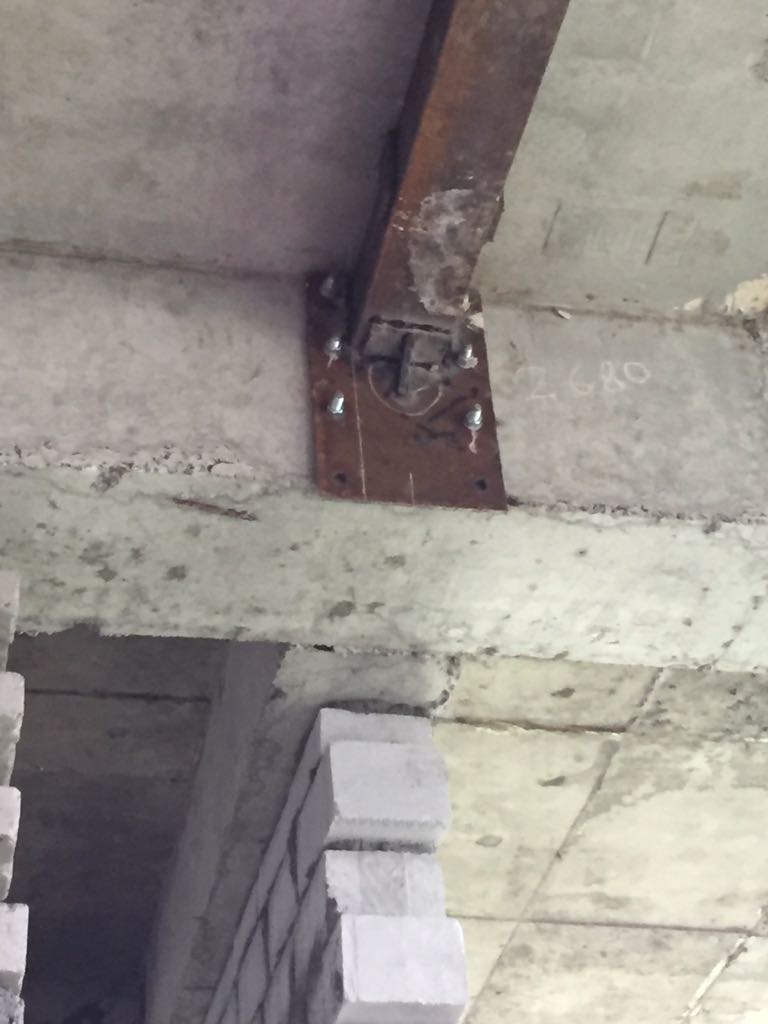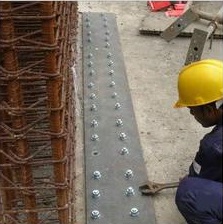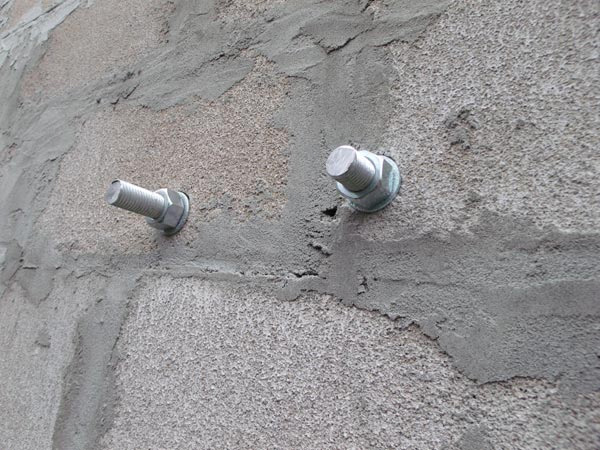Anchoring
Anchoring
In the context of civil engineering and construction, “anchoring” typically refers to the process of securing and stabilizing structures or components to prevent movement, displacement, or failure. Anchoring civil work plays a critical role in ensuring the safety, stability, and integrity of various construction projects. Here are some common applications of anchoring in civil work:
1. Foundation Anchoring: Anchoring is crucial in ensuring that the foundation of a building or structure remains stable and secure. This involves using anchors such as bolts, piles, or tiebacks to connect the foundation to the bedrock or stable soil to resist uplift, settling, or lateral movement.
2. Retaining Wall Anchoring: Retaining walls are used to support soil and prevent erosion. Anchors, often in the form of steel rods or cables, can be used to reinforce and secure these walls, especially in situations where there is a need for additional structural support.
3. Slope Stabilization: In areas with unstable or steep slopes, anchoring systems are employed to prevent landslides and erosion. These systems may include rock bolts, soil nails, or geogrids that anchor the slope to prevent movement.
4. Bridge and Dam Construction: Anchors are used in the construction and maintenance of bridges and dams to secure various components, such as cables, beams, and abutments. They help distribute loads and counteract forces like wind, water pressure, and seismic activity.
5. Tunnel Construction: In tunneling, anchoring is used to stabilize the tunnel walls and ceilings. Rock bolts and anchors are often employed to prevent collapses and maintain the integrity of the tunnel structure.
6. Seawall and Shoreline Protection: Anchoring is essential in the construction of seawalls and shoreline protection structures to withstand the forces of waves, tides, and erosion. Anchoring systems help secure these structures to the seabed or shoreline.
7. Anchored Earth Retention Systems: In situations where excavation is necessary, such as for underground parking garages or basements, anchored earth retention systems are used to support and stabilize the soil and prevent collapses.
8. Guyed Towers and Masts: In the construction of tall structures like telecommunications towers and wind turbines, anchoring systems (guy wires or cables) are employed to provide stability and counteract wind loads.
9. Scaffolding and Temporary Structures: Anchoring is used to secure scaffolding and temporary structures to the building or ground to ensure the safety of workers and the stability of the construction platform.
Anchoring in civil work involves the use of various materials, such as steel rods, cables, bolts, and specialized anchoring systems, to provide structural stability and prevent movement or failure. Proper design and installation of anchors are critical to ensuring the safety and long-term integrity of civil engineering projects. Additionally, the choice of anchoring method depends on the specific requirements of the project, including the type of soil, geology, and environmental conditions at the construction site.

